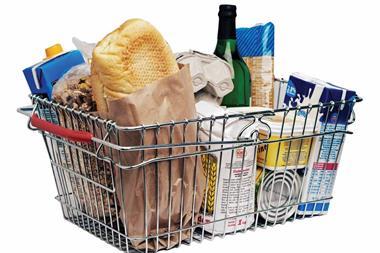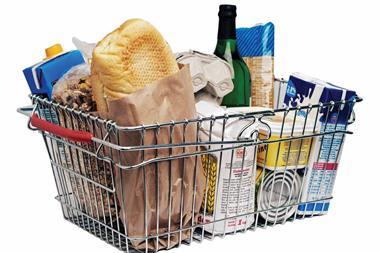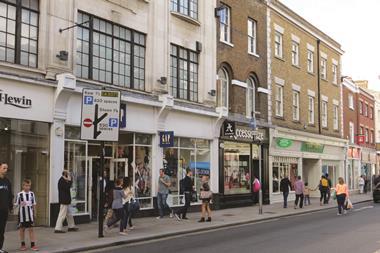- Overall shop prices dropped 2% in June
- Food items dropped 0.8%
- Fresh food fell by 1.5%
- Non-food deflation continued, falling 2.8% in June
Shop prices fell in June as the 38-month run of deflation continued and food items declined to the lowest level since September last year.
Overall shop prices, including food and non-food, dropped 2% in June year-on-year, just 0.1% below its record low deflation rate, according to the BRC-Nielsen Shop Price Index.
This decrease in prices is lower than the 12-month average and was driven by a fall in the cost of food items. Overall food prices declined 0.8% in June from 0.3% in May.
Fresh food moved further into deflationary territory, falling by 1.5% last month – the lowest level since September 2015 – compared with 0.8% in May.
However, ambient food prices marginally increased, growing 0.1% last month compared with 0.4% in May.
Non-food deflation fell by 2.8% in June compared with 2.7% in May.
Nielsen head of retailer and business insight Mike Watkins said: “Whilst changes in the economic landscape are anticipated next year, the current focus for the industry is the continued deflationary environment.
“This is good news for shoppers who benefit from falling prices but is added pressure for retailers as they balance increased costs from the national living wage and investment in multichannel, with volatile consumer demand.”
British Retail Consortium chief executive Helen Dickinson said: “This extraordinary 38-month run of deflation has undoubtedly been good for consumers.
“Prices in store will eventually rise again. However, the time it takes for any price increases to make a re-appearance will depend on a combination of factors including the future value of the pound, commodity prices and any eventual impact of last week’s Brexit vote on input costs.
“That said, there won’t be any instant shocks as any changes will take time to feed through. Continuing fierce competition also means that putting up prices may not be viable for some retailers.”
























No comments yet